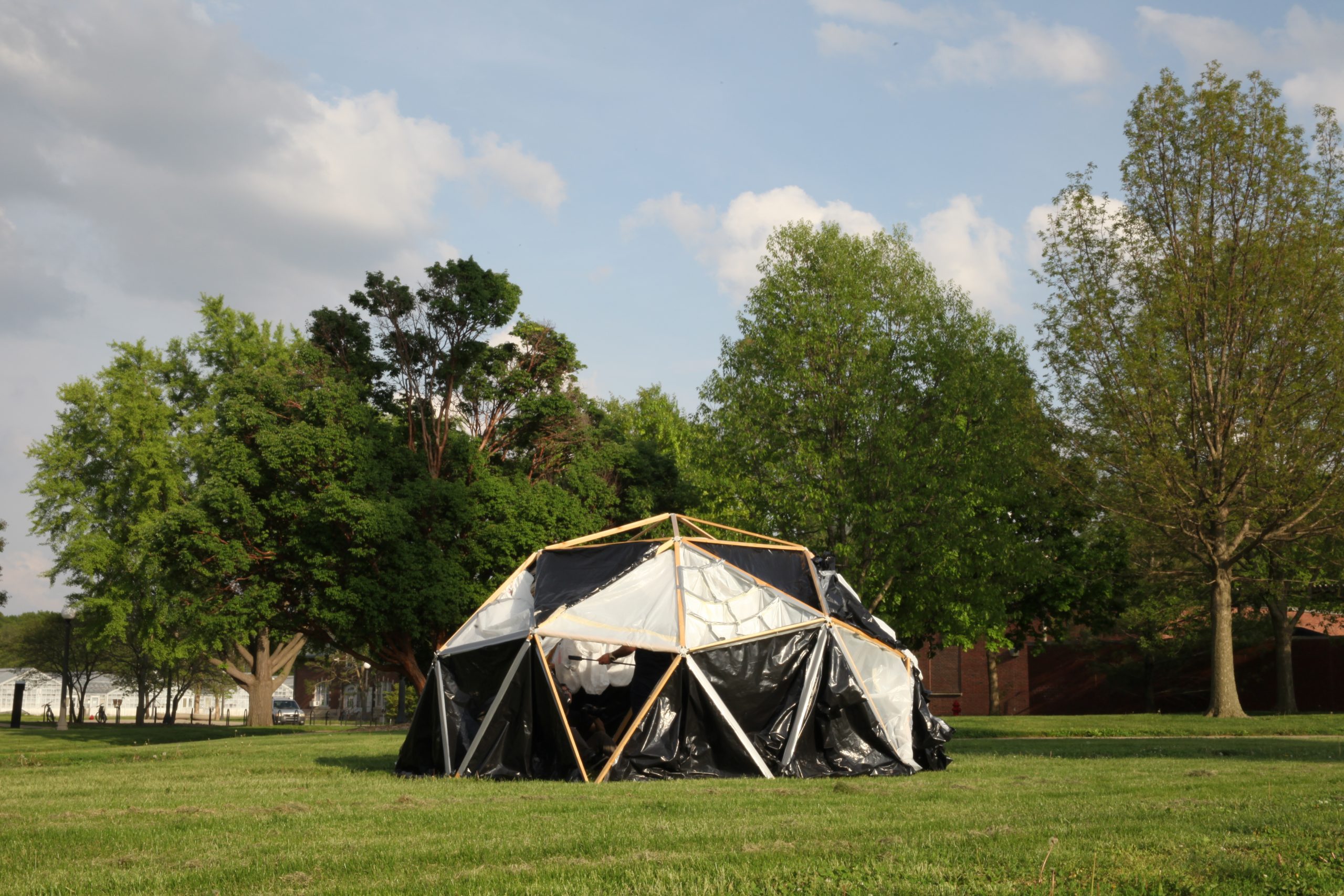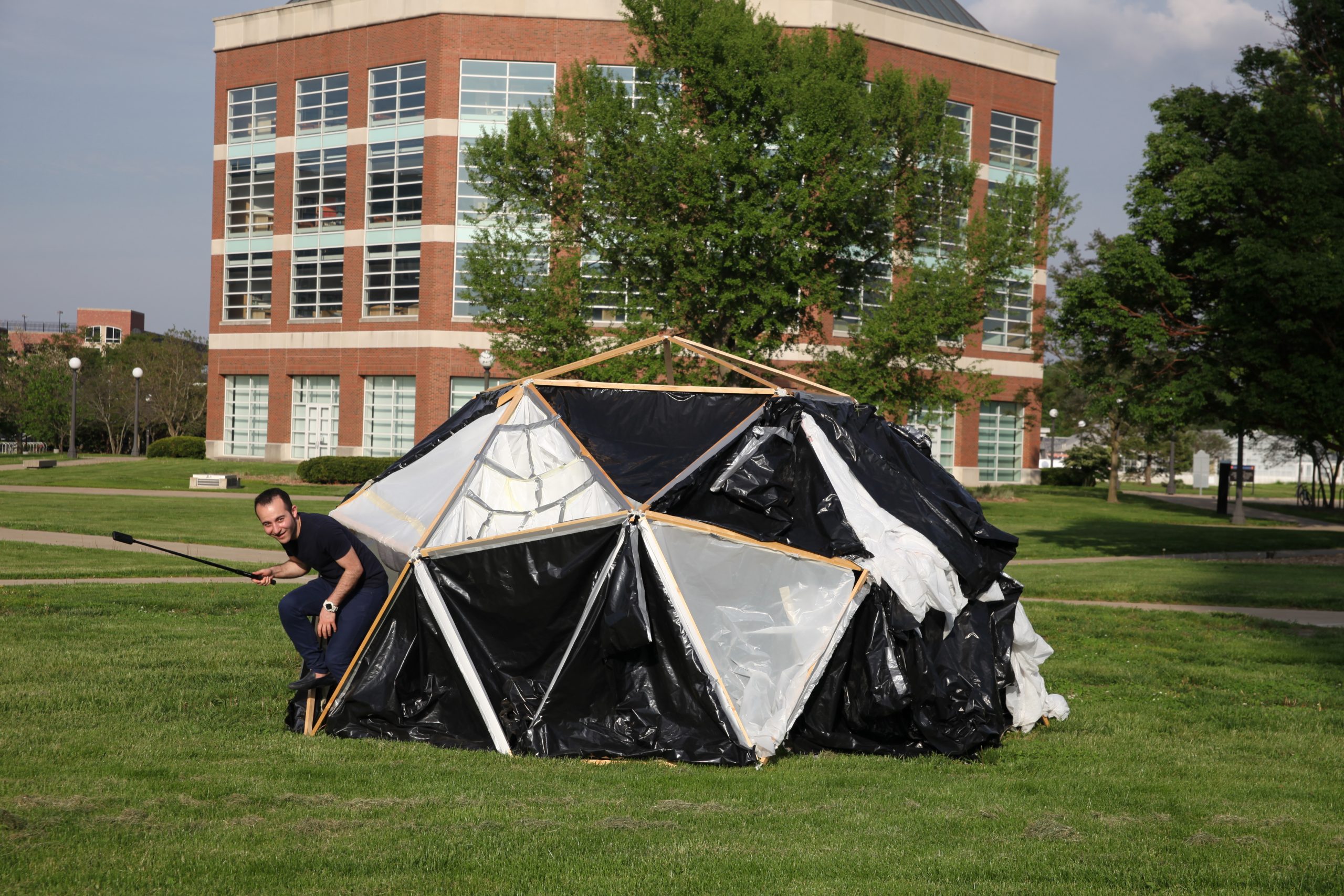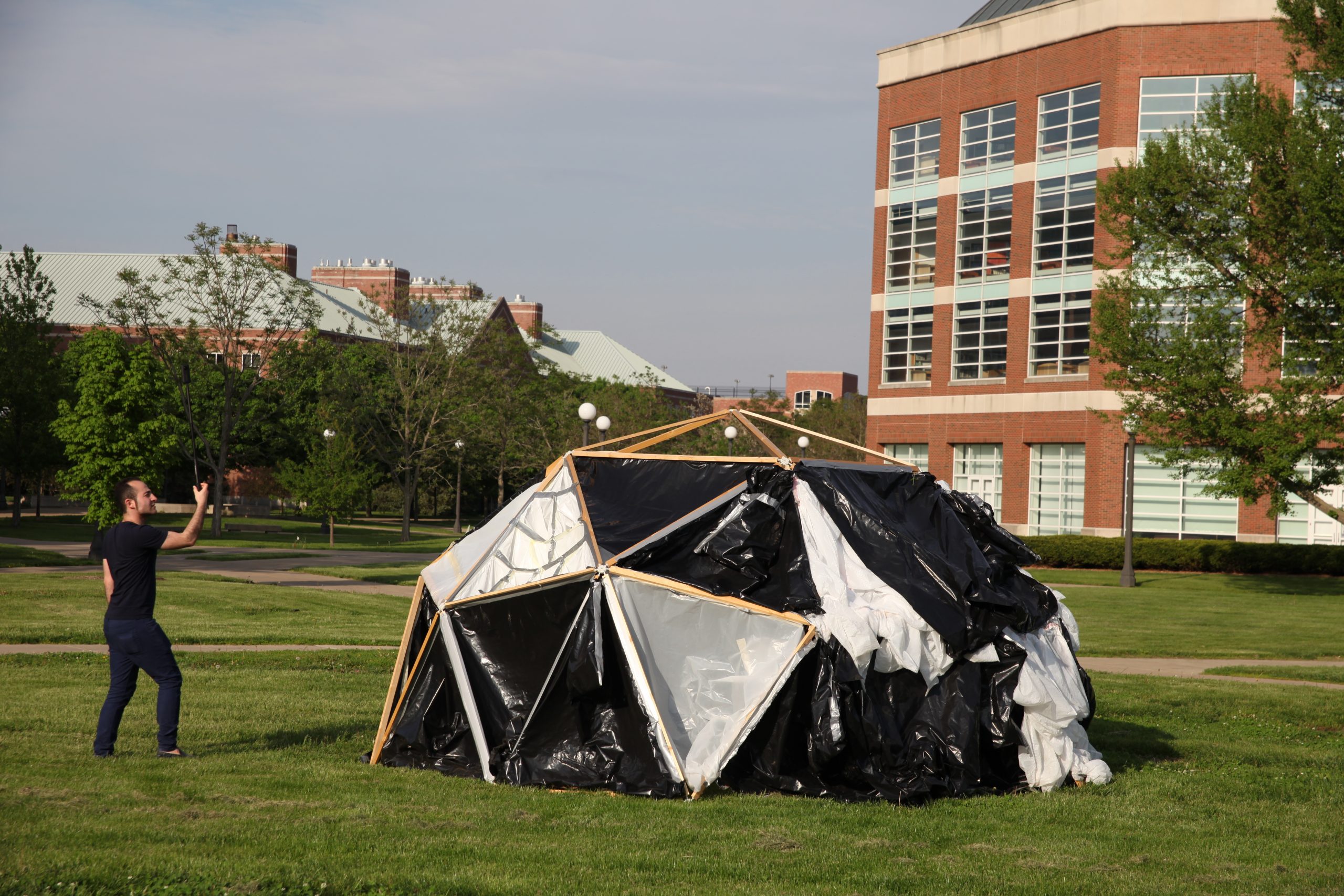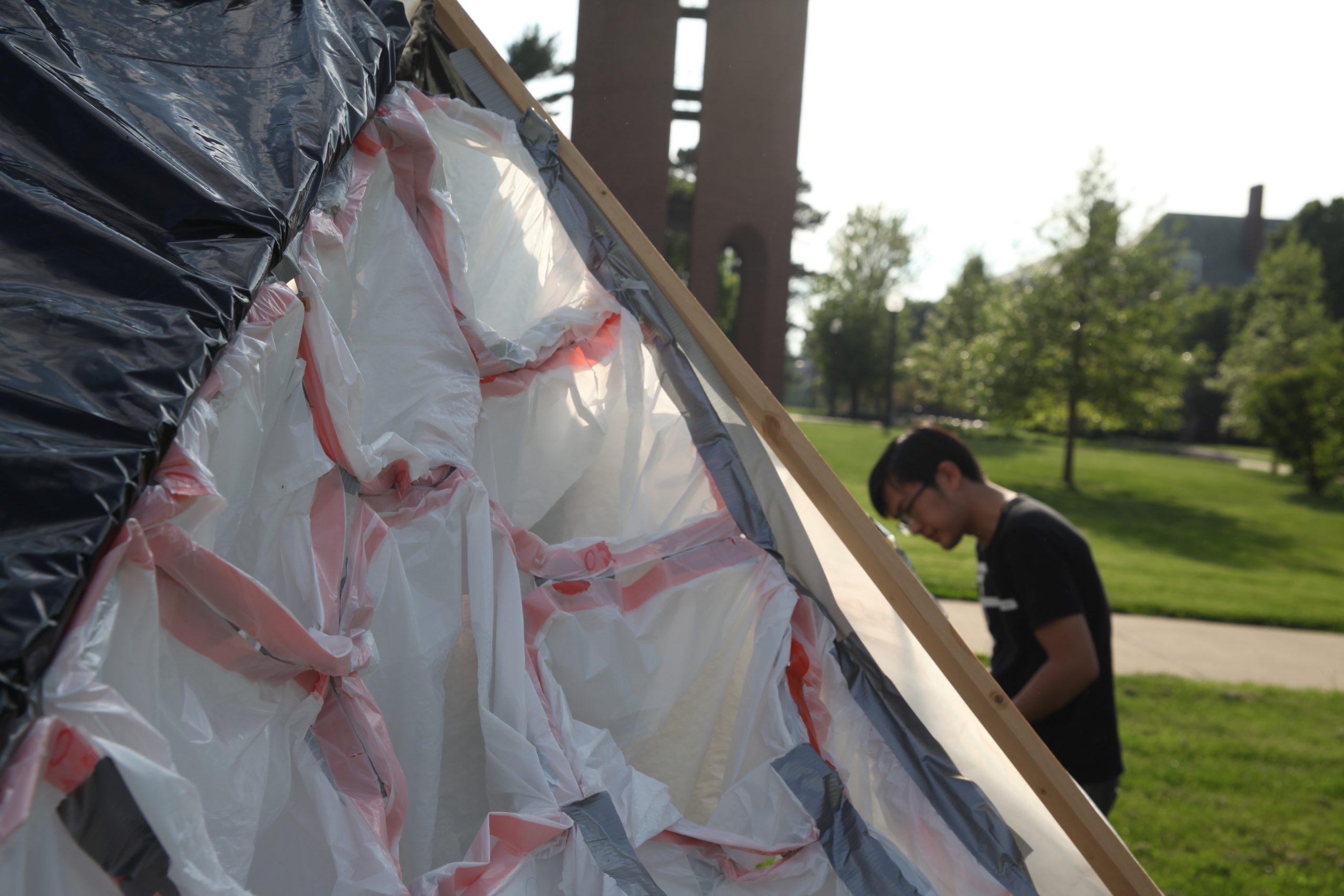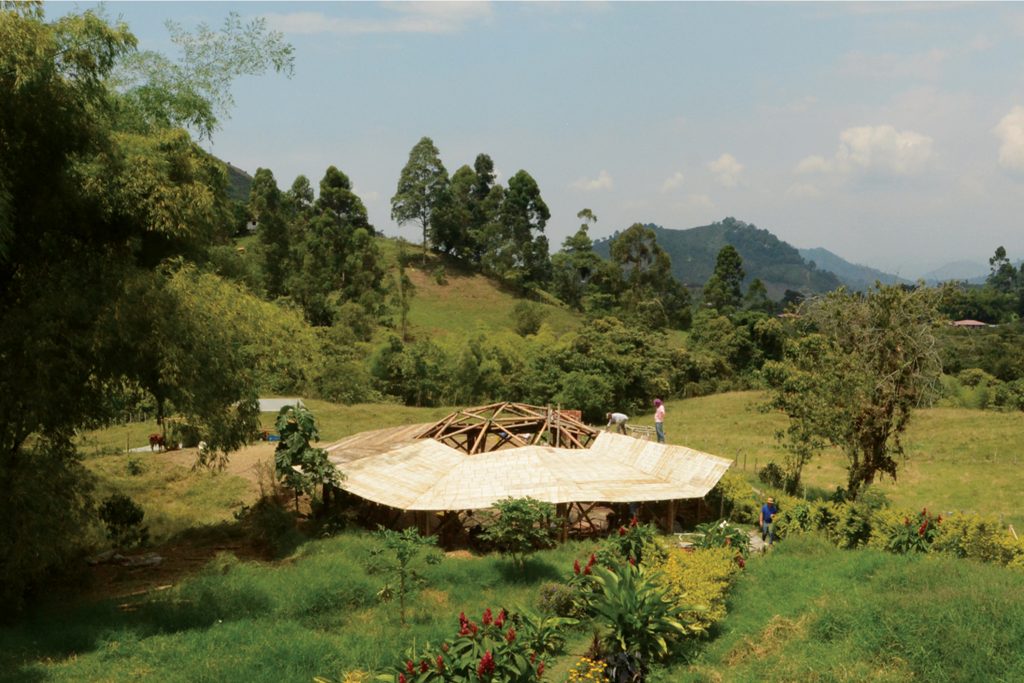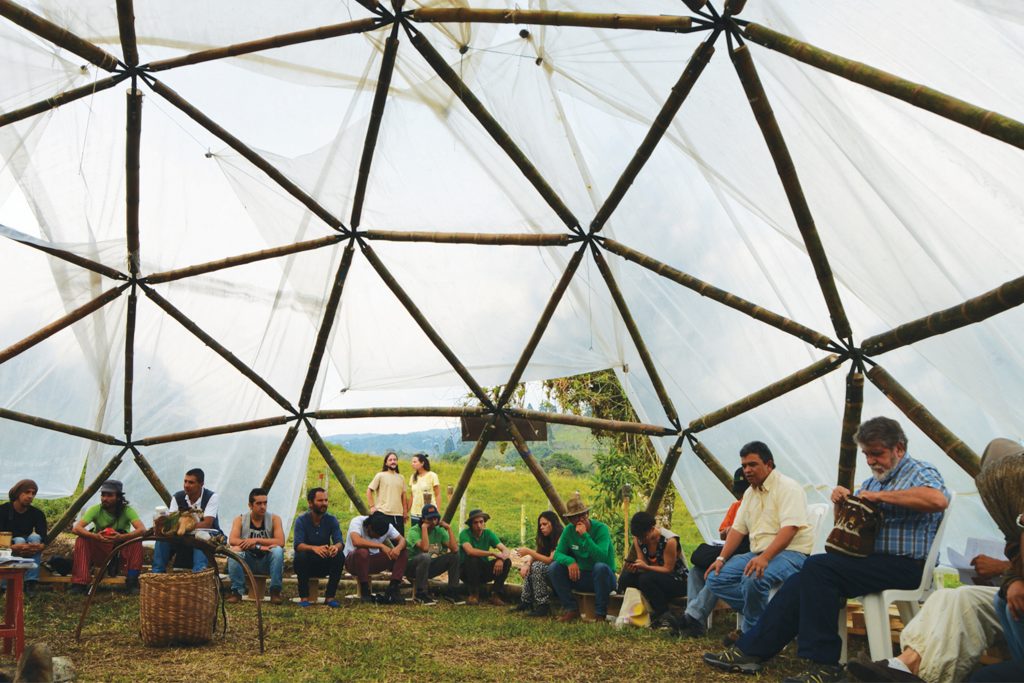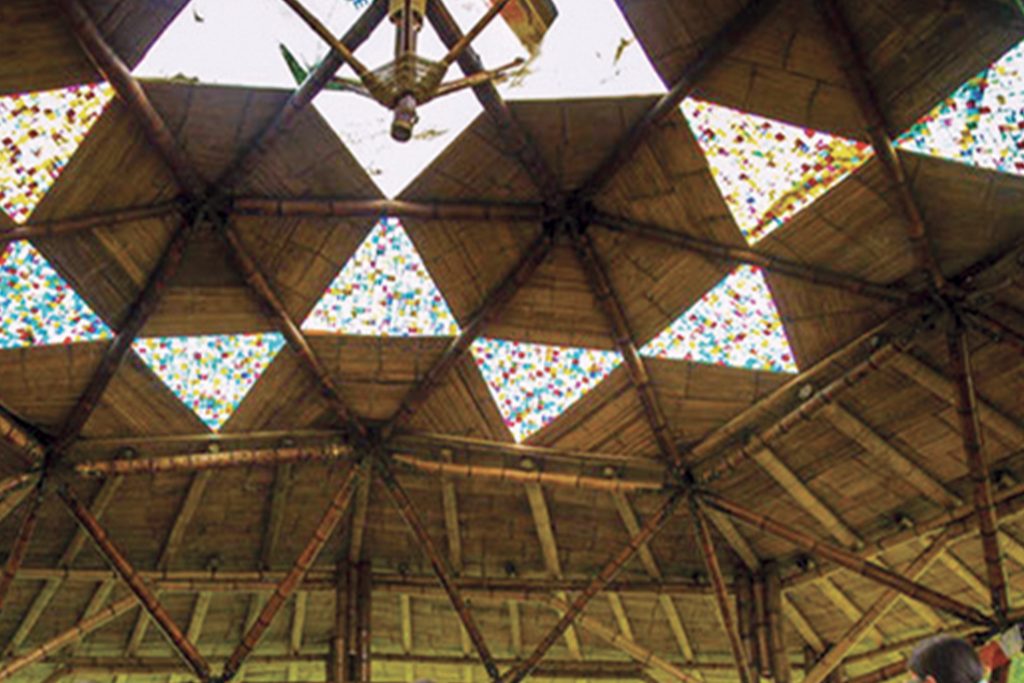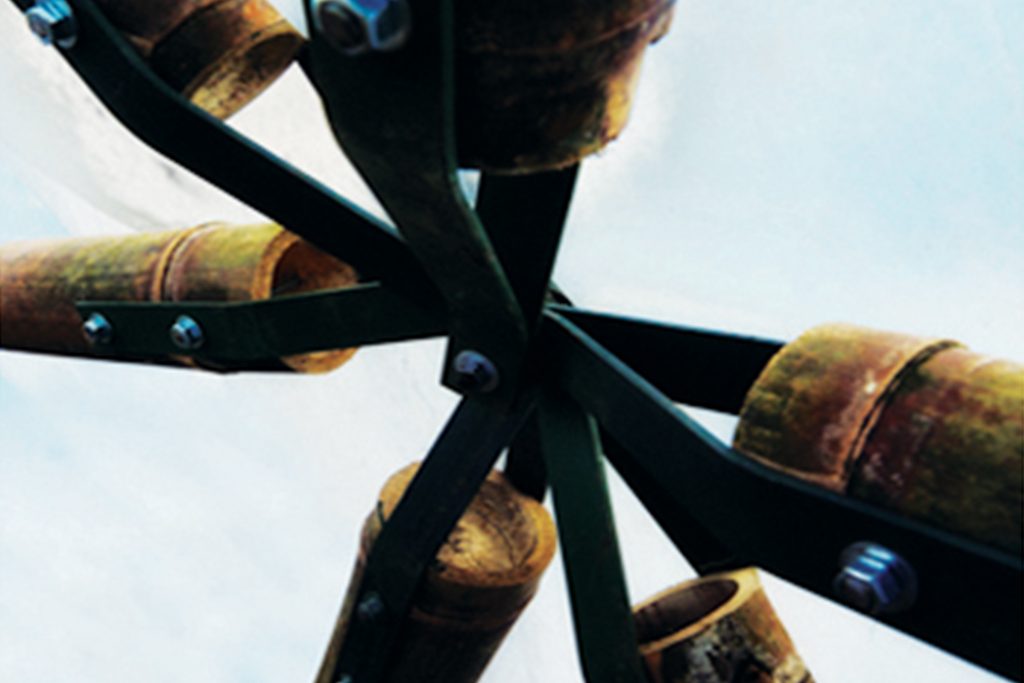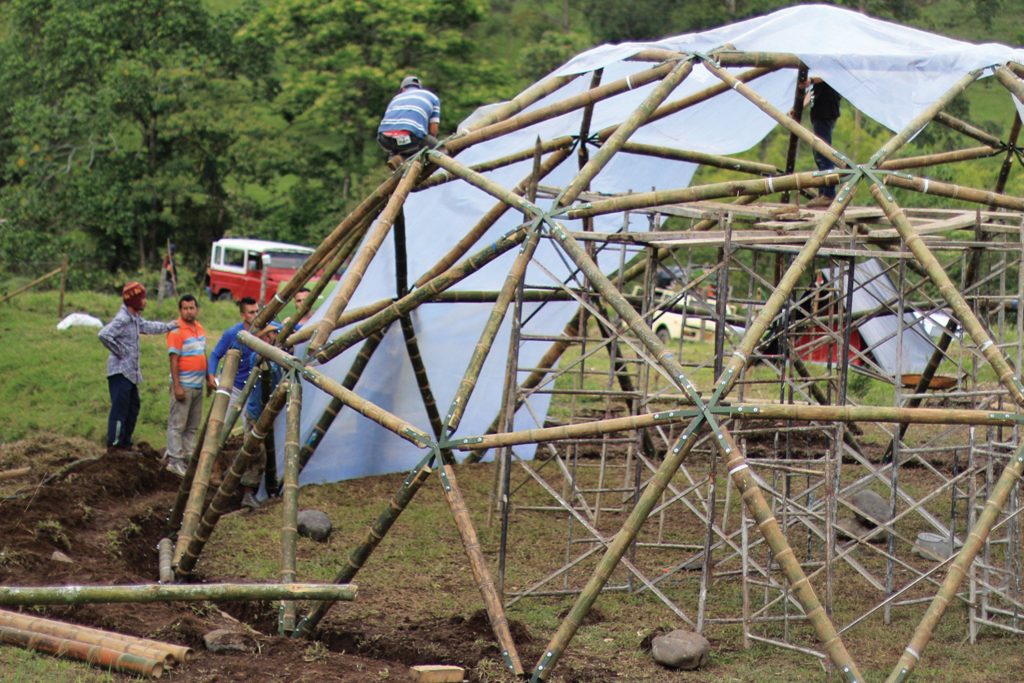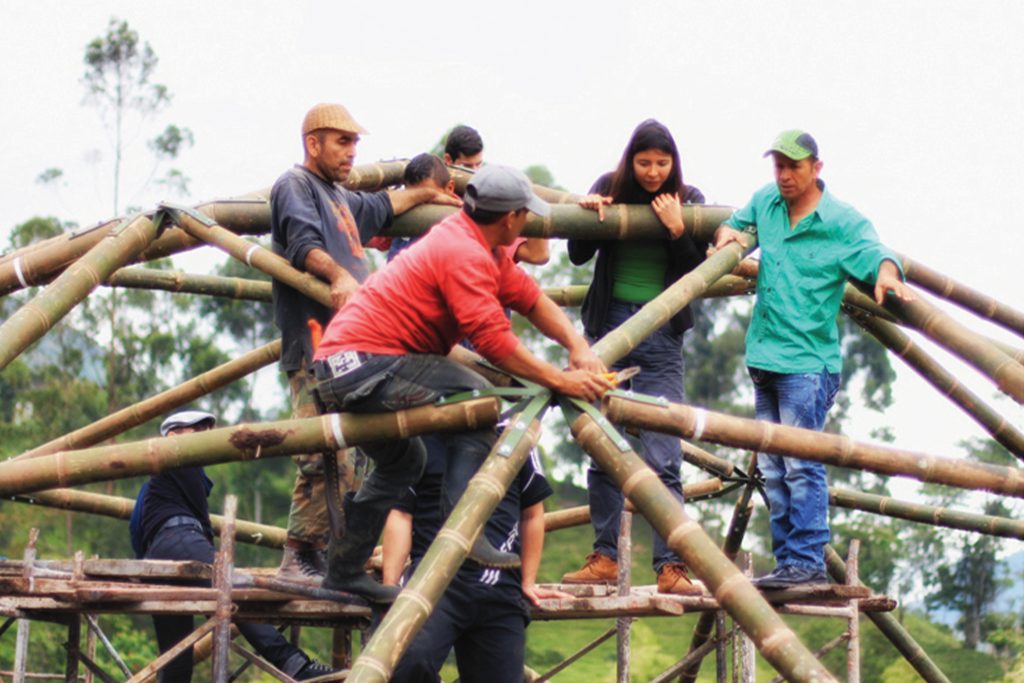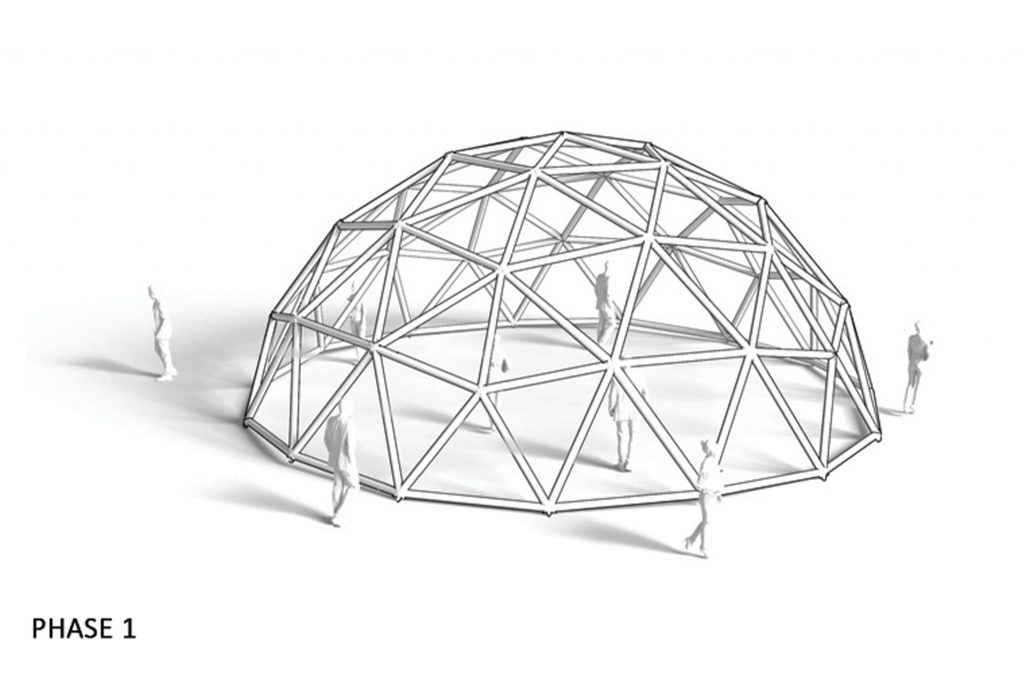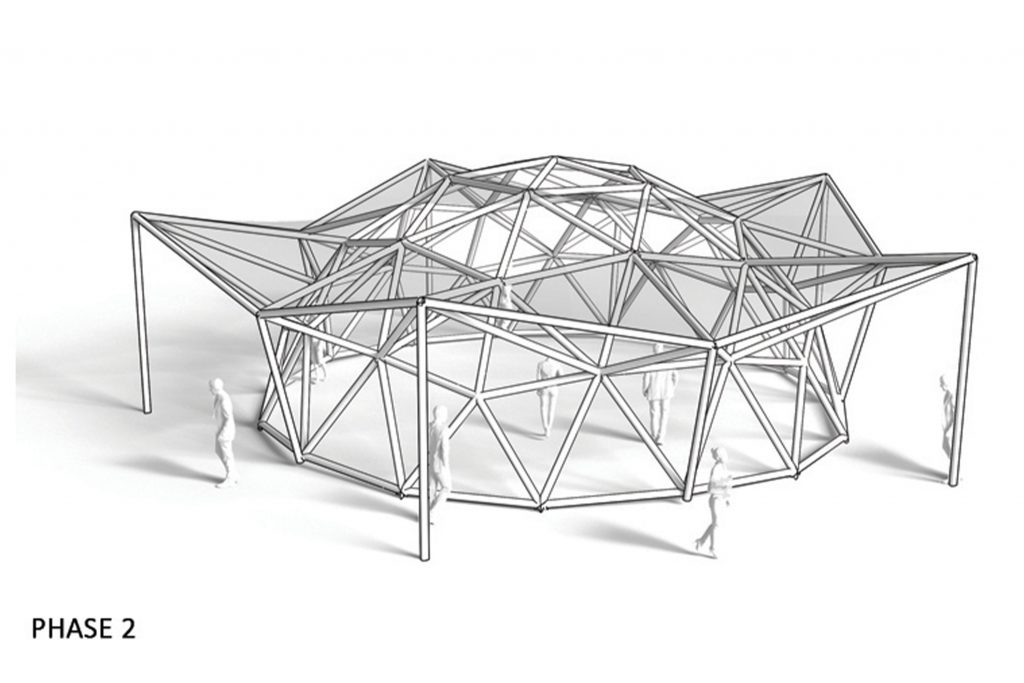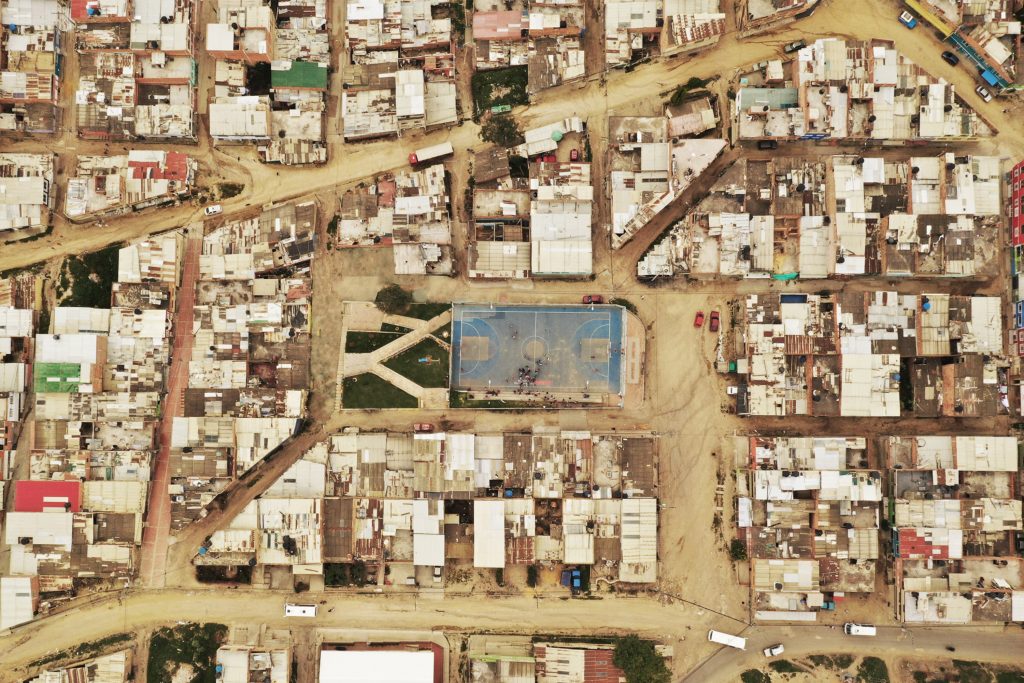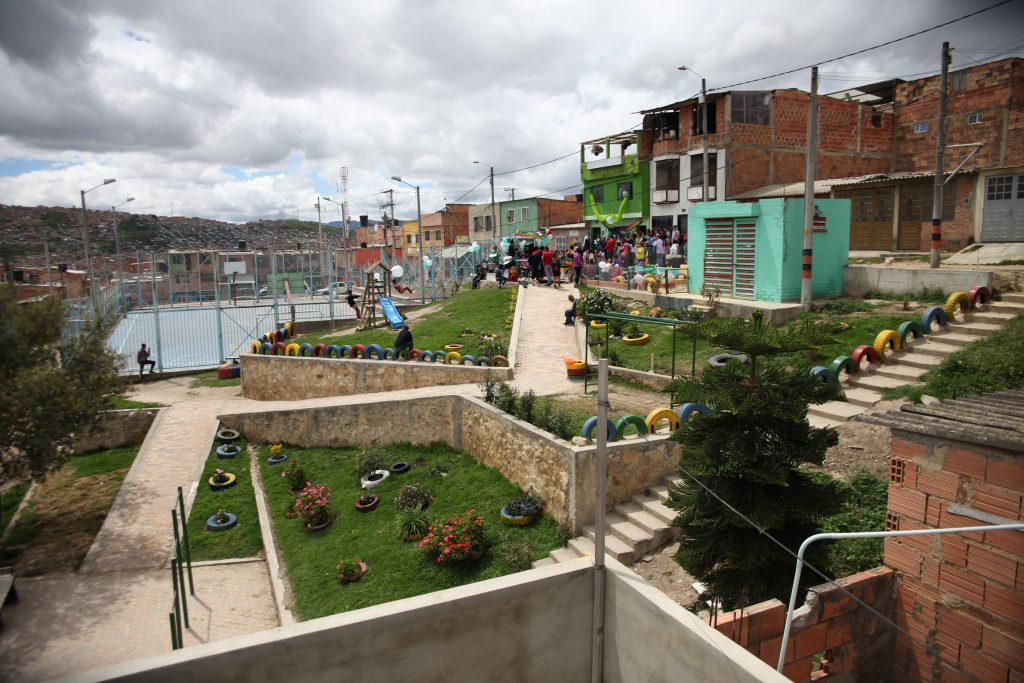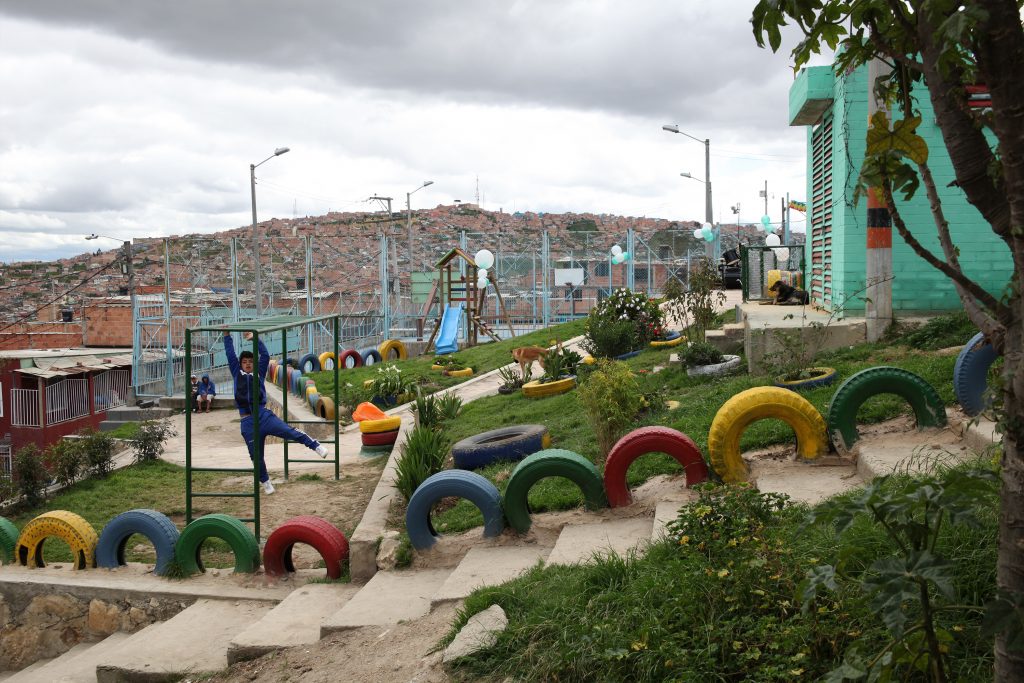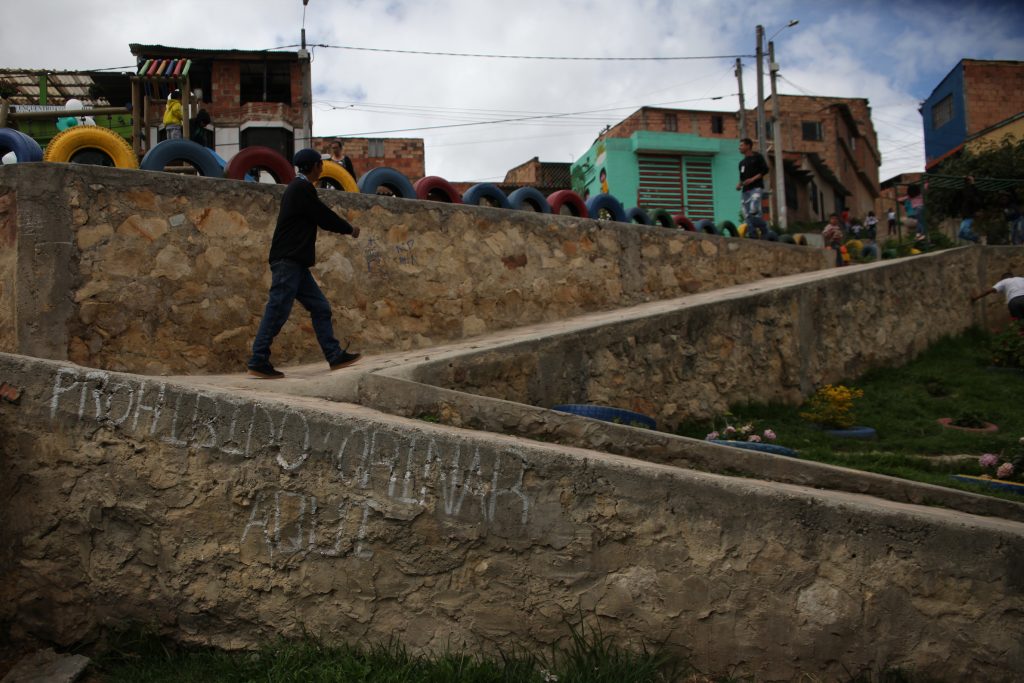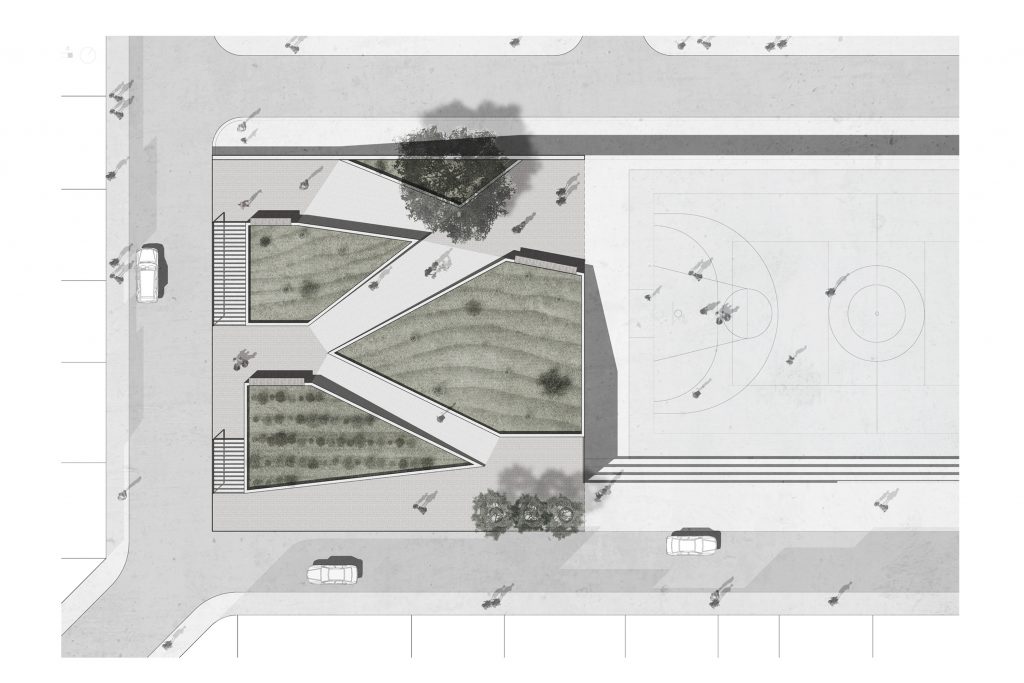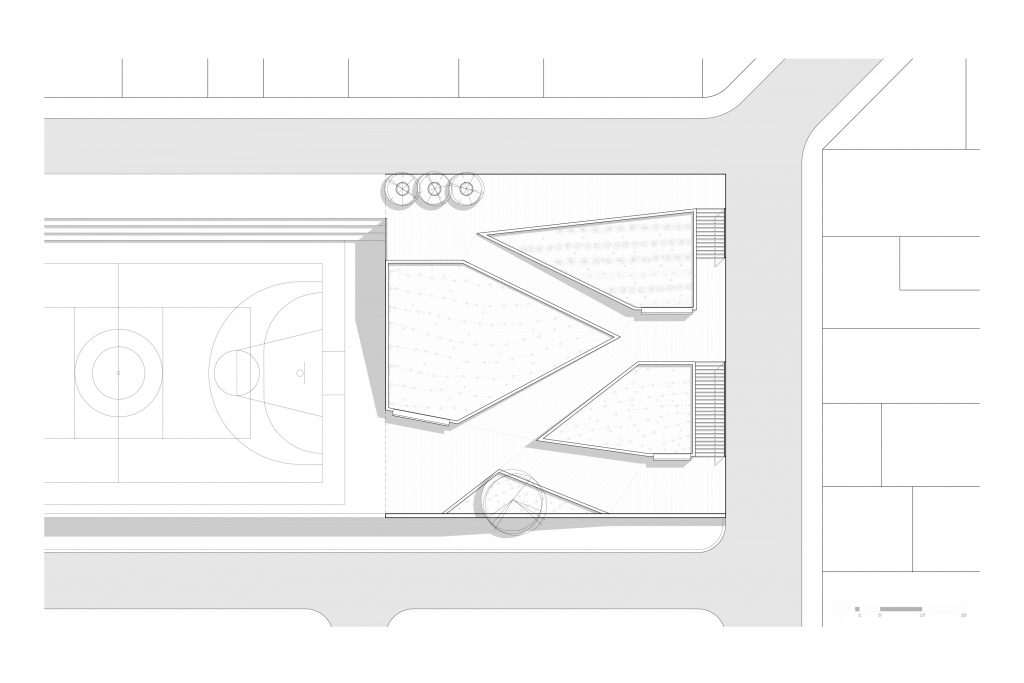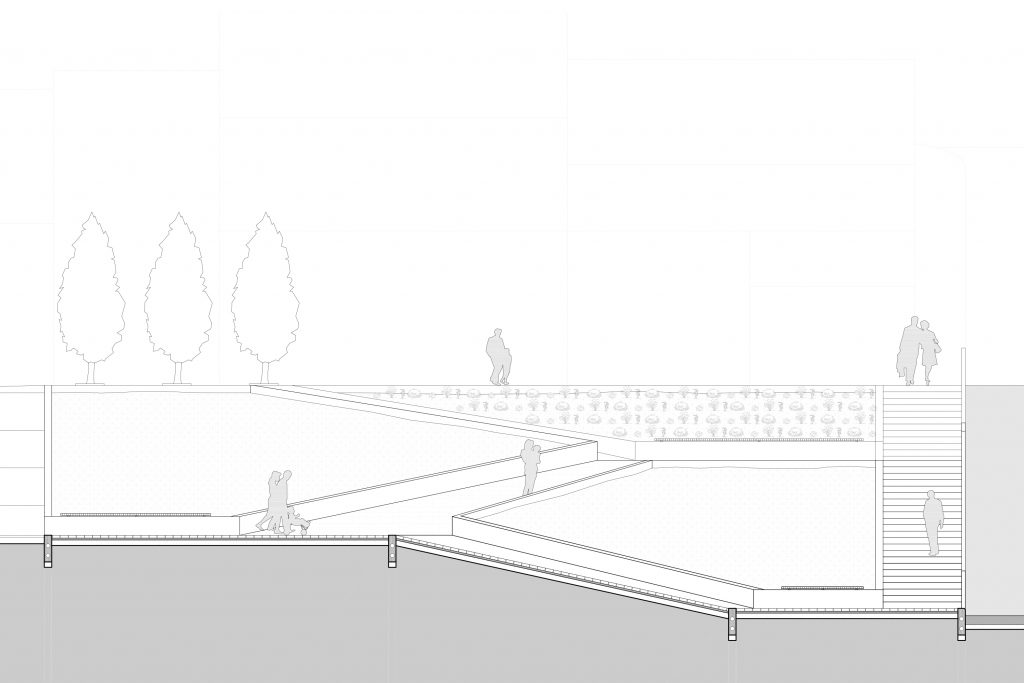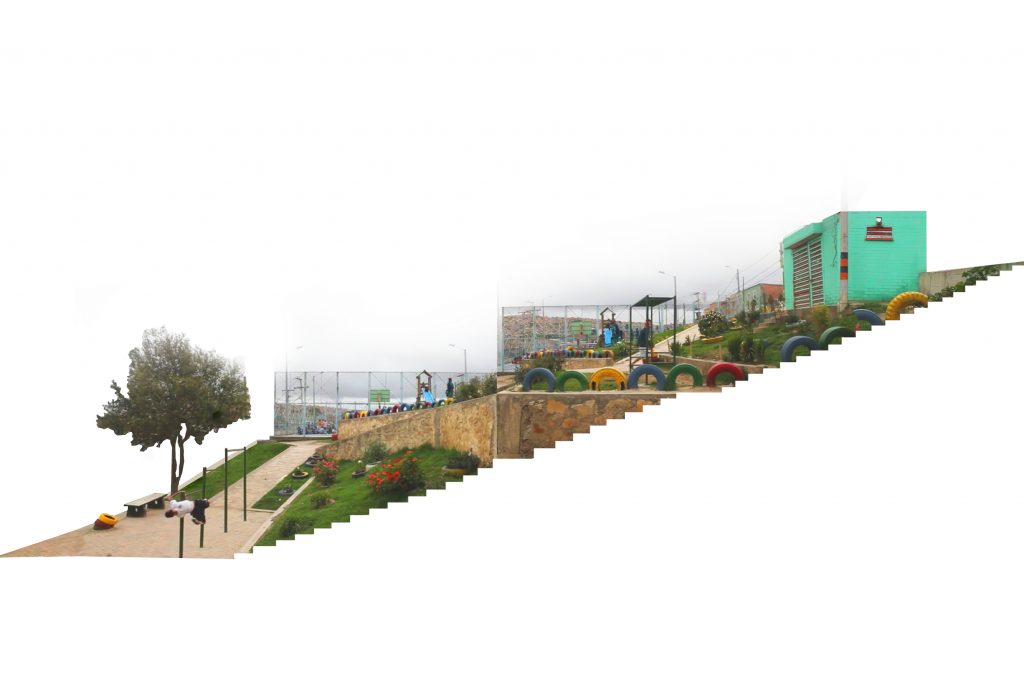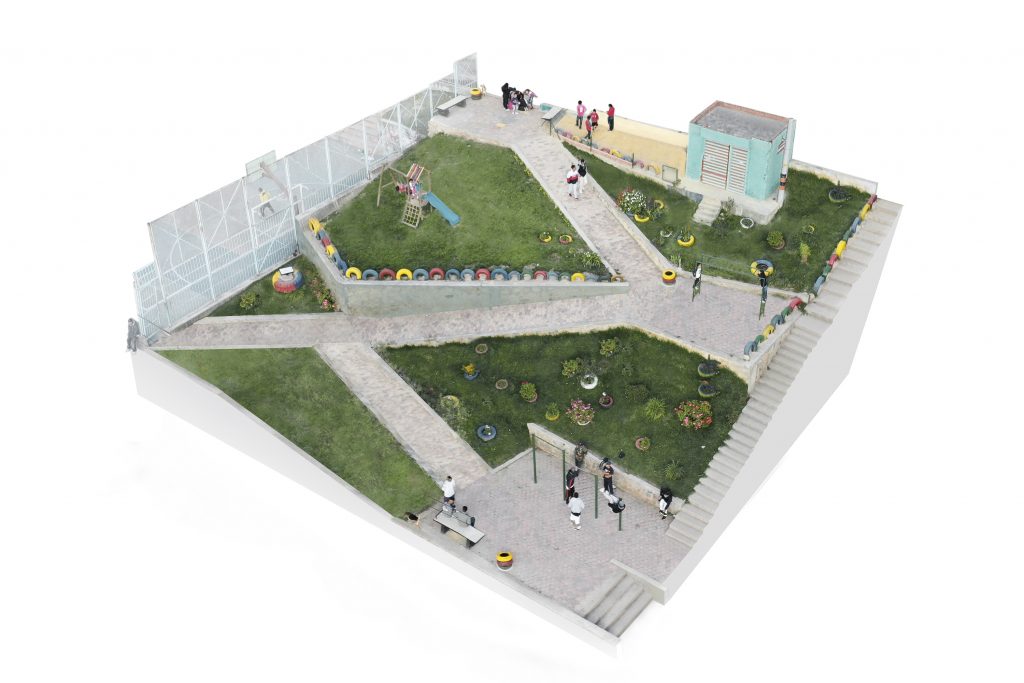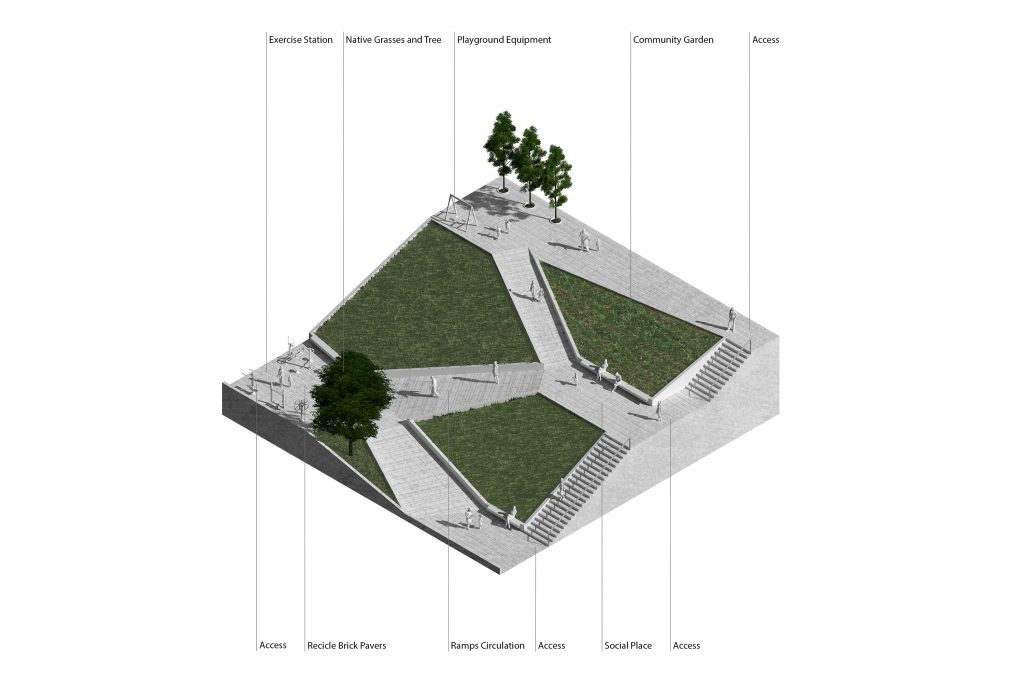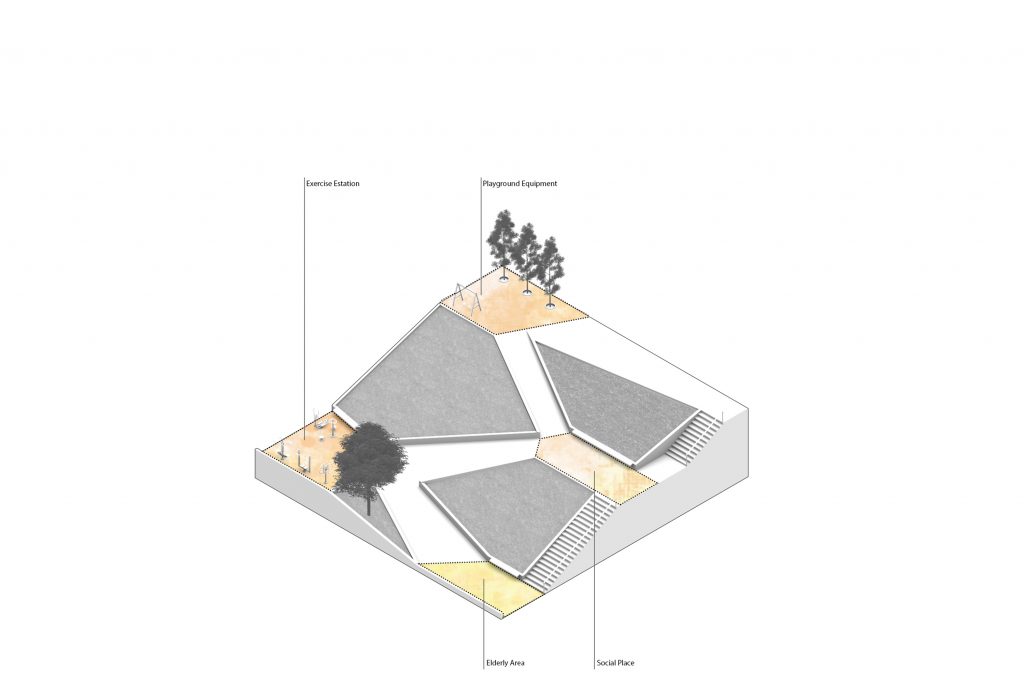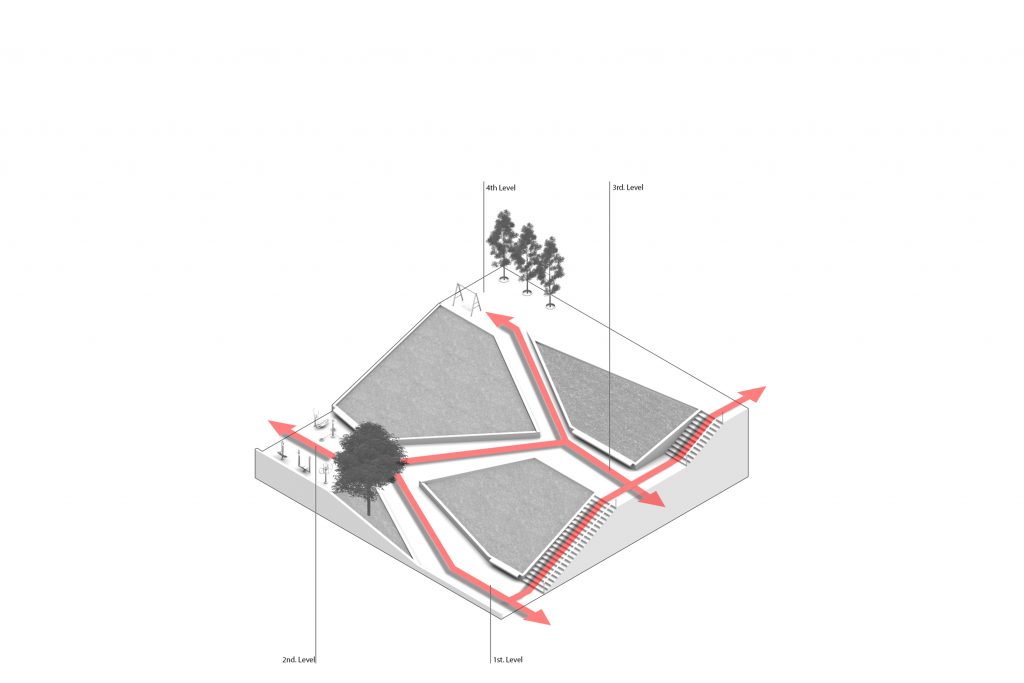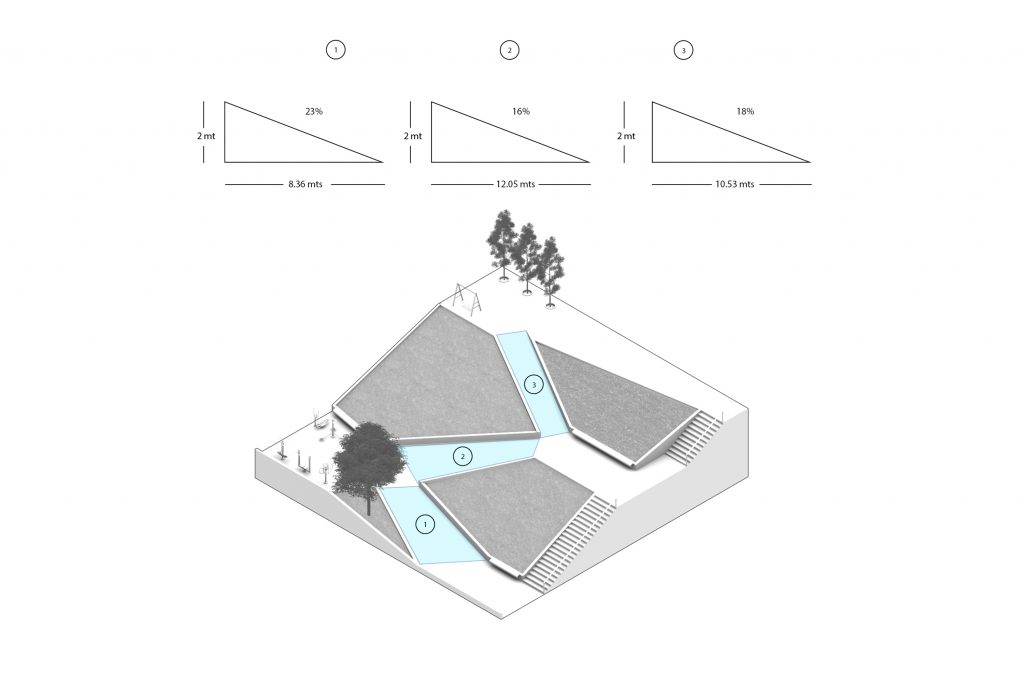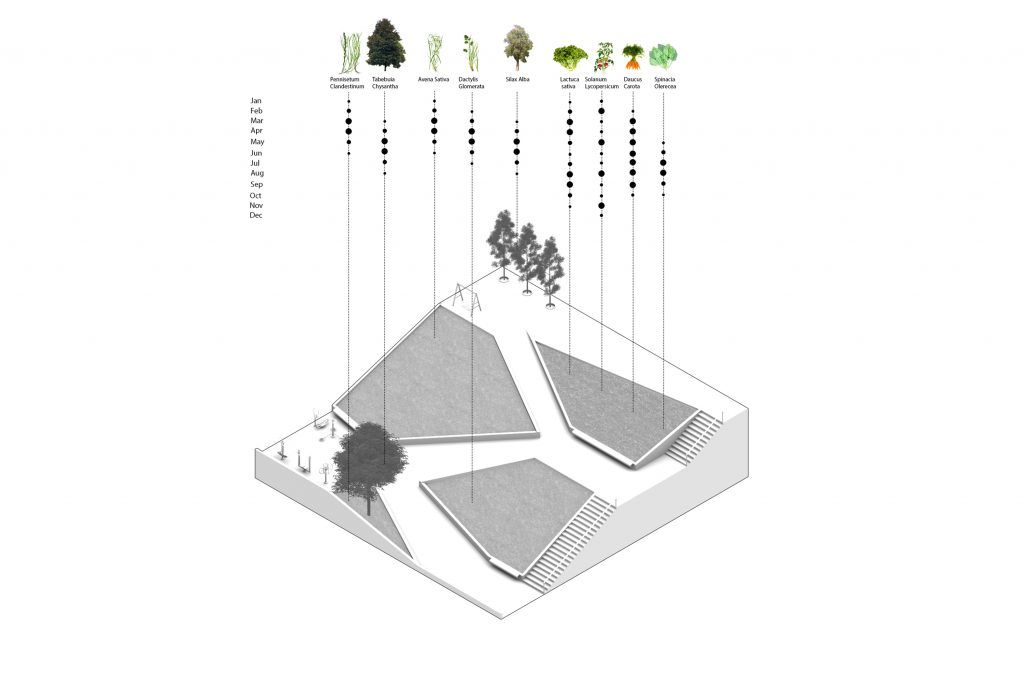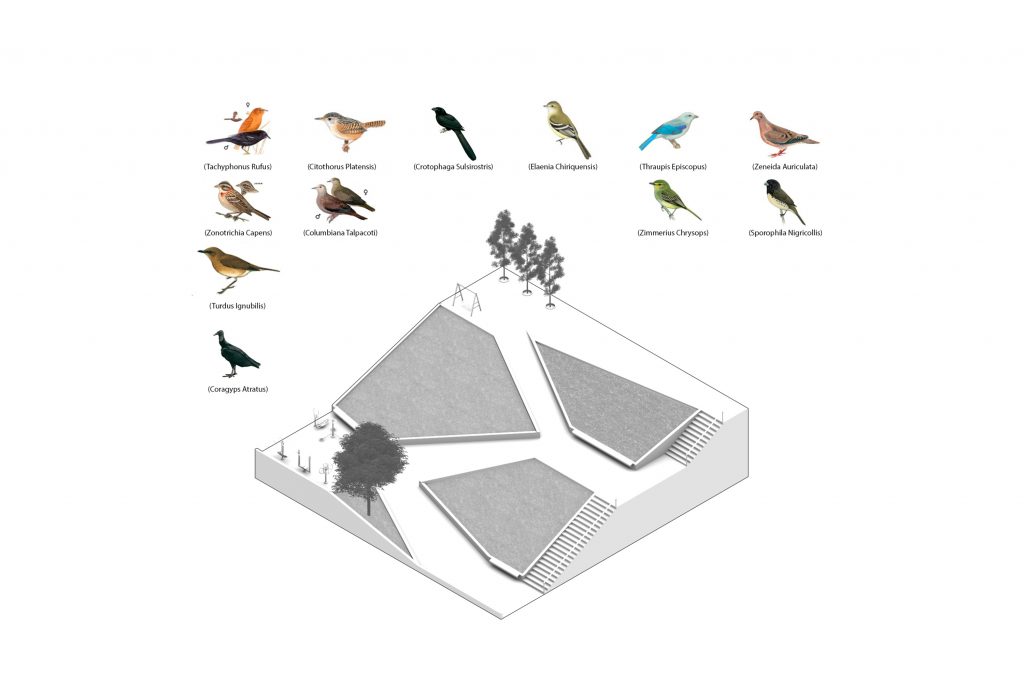As current ILIAD Director, Aaron Brakke, was working at Universidad Piloto in Colombia, an opportunity to work with communities in the periphery of Bogota emerged. A multilateral, long-term collaboration gave way to the construction of Zig Zag park, a place for community building in a neighborhood affected by several forms of displacement.
The city of Bogota grew south with the explosive urbanization of the Tunjuelo River basin. Many of the neighborhoods were created by people moving into the city with their families, in an exercise of insurgent planning and architecture. Today, even though many of the neighborhoods have been formalized, precarious conditions prevail for many of their inhabitants, who live among extensive mining operations, but with unpaved streets and limited access to social services. Over the years, the south of the city has received displaced population from other parts of Colombia and from Venezuela, creating diverse, and often fragmented, neighborhoods.
Neighbors do not know their neighbors and don’t feel a sense of belonging, which we evidenced in their behaviors and words. We identified that many of them did not feel as if they had a community, nor that they had sufficient space to gather. We started working with a local community organization that promotes schooling by providing food and after-school learning support for children. We worked with them to identify a “leftover” space that was left vacant and had become a repository for construction debris in the neighborhood. Our aim was to develop a sense of solidarity and empowerment amongst residents so that they could take action to transform the built environment. We felt that if we could activate a public space together, new dynamics would emerge.
The project was developed through the synergy of many actors who abided by the methodology of Participatory Action Research, as developed by Orlando Fals Borda. The intervention involved several steps, including 1) Mapping the territory, 2) a workshop to Identify problems and needs, 3) a Dream Workshop to develop a list of objectives and collective dreams, 4) a Design ideas workshop to develop ideas for physical space, 5) the design of the park, 6) Crowd Funding, 7) Educational courses on construction with SENA (a public technical education institution) and 8) Construction.
This process has taken nearly five years and the investment in people and in the space is starting to feel like it has paid off and is reaping the reward. Residents of all ages are coming together to use this space. This has become a ‘place’ in the neighborhood to play, talk and build community.
This project was recognized in the I Biennial of Public Space of Bogota in August 2019.

